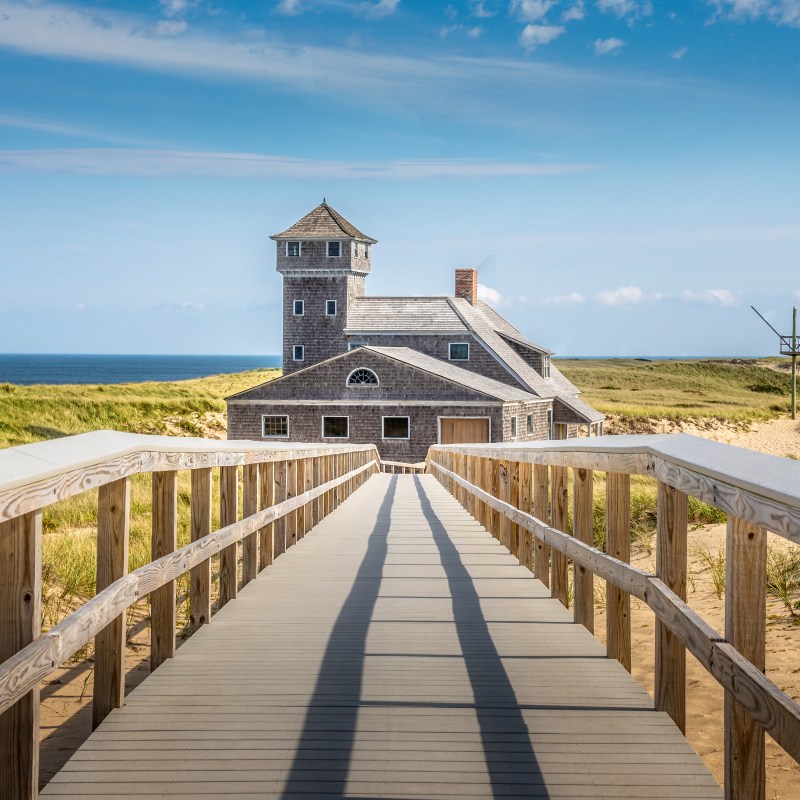
Cape Cod is one of the United States’ most famous and prestigious vacation destinations.
Videos by TravelAwaits
But it’s a lot larger than people think. If you’ve visited, you might have been shocked to realize there are over 400 miles of coastline and around 340 square miles to explore on the peninsula. The distance from the mainland to the very edge of Cape Cod is just under 70 miles.
From most viewpoints, the fact that Cape Cod is slightly larger than anticipated is a good thing. There are more beaches to explore, more museums to check out, more restaurants overlooking the water, more experiences to take on—you get the point.
That being said, you might want a little crash course on the best Cape Cod neighborhoods. The peninsula is divided into four areas, each of which has a unique lifestyle and atmosphere. Plus, each area is home to a handful of towns—some of them are more famous than others, meaning you need to make time to visit. (Or plan to stay in one.)
Ready to learn about all four Cape Cod areas, plus those smaller towns? Consider this your introductory guide.
Cape Cod neighborhoods: here’s what you need to know
Upper Cape: great for culture & history lovers
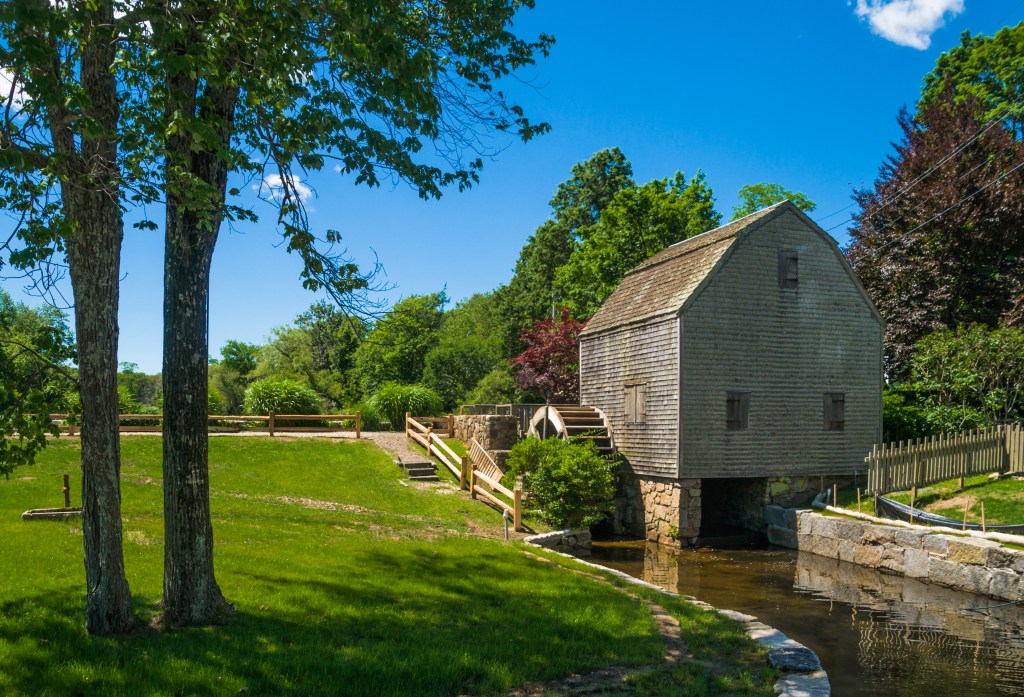
Upper Cape is closest to the mainland—it’s where you’ll first drive in. Bourne is considered the gateway to Cape Cod and is renowned for its cultural attractions, including the Bourne and Sagamore Bridges. You’ll be able to walk the Cape Cod Canal path and admire the charming cottages that line it.
Make sure to visit Sandwich, as well. It’s the oldest town in Cape Cod, founded back in 1637. If you’re into history, check out the Hoxie House, which is the peninsula’s oldest home. You can also explore the Heritage Museums and Gardens, which include over 100 acres of greenery.
Falmouth is another famous town in Upper Cape. It’s well-known for being the spot where you can take a ferry to Martha’s Vineyard, but it’s also charming and walkable. If you enjoy small-town fare, you’ll enjoy Falmouth.
Mid Cape: convenient exploring
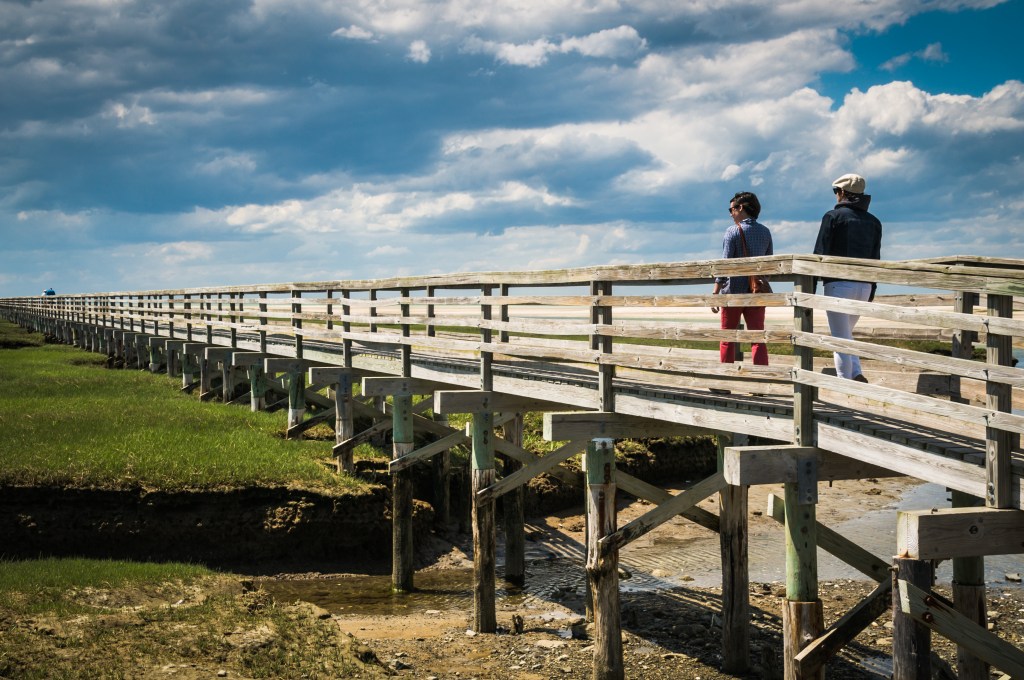
Mid Cape is one of the best Cape Cod neighborhoods for staying active and exploration. You can jump from town to town, including family-friendly spots like Yarmouth and Hyannis. Yarmouth gives you access to lovely beaches, along with unique museums like the Whydah Pirate Museum and the Edward Gorey House.
Hyannis is actually a village on the outer rim of Barnstable, which is the largest town on Cape Cod. If you enjoy history, don’t skip out on Hyannis—it’s home to the John F. Kennedy Hyannis Museum, where you can explore the family’s long history of visiting the peninsula.
Lower Cape: tiny towns & beaches
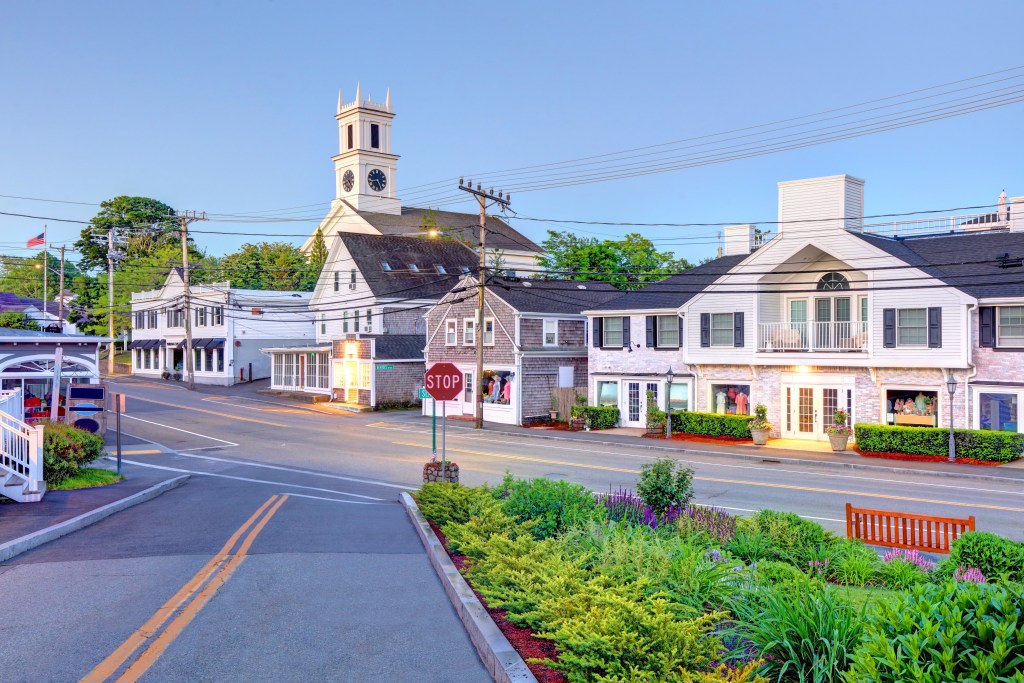
Want to dive deep into the charm of Cape Cod? The Lower Cape is known for its spread of small towns and villages, along with its secluded and pristine beaches. (There are even a few bogs and harbors to check out!)
Chatham is an upscale town that offers unspoiled and large beaches. It’s also home to the famous Chatham Lighthouse, which you’d probably recognize from pictures.
Brewster, by contrast, is a lot more affordable while also offering charm. It’s home to Nickerson State Park and the Cape Cod Museum of Natural History, offering a dose of both natural wonders and history.
Nature-lovers also shouldn’t miss out on Orleans, which gives you access ot the Cape Cod National Seashore and its beloved Nauset and Skaket Beaches. Lastly, you might want to visit the cranberry bogs of Harwich.
Outer Cape: artsy vibes
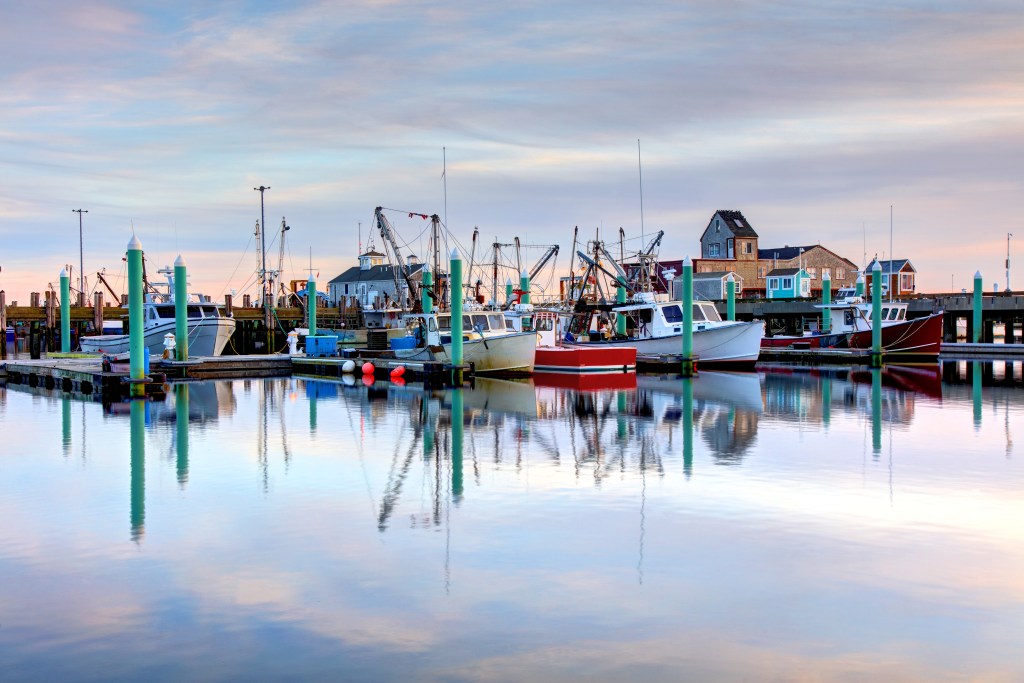
Outer Cape is the most easterly of all Cape Cod neighborhoods, meaning it has more coastal miles than the rest. But you’ve got more than nature splendor at your fingertips because the Outer Cape is known for its eclectic artistic communities.
For example, Wellfleet lets you eat world-class oysters between shopping at art galleries and hanging out at Cahoon Hollow Beach. Provincetown is a slightly larger town with a vibrant arts scene—along with tons of historic fare, as it’s the site of the very first pilgrim landing site.
Just watch out for those prices. Similar to Chatham, Provincetown, and other Outer Cape spots like Eastham and Truro, you’ll be paying exorbitant prices for basic rentals compared to other Cape Cod areas, especially during those peak summer months.
